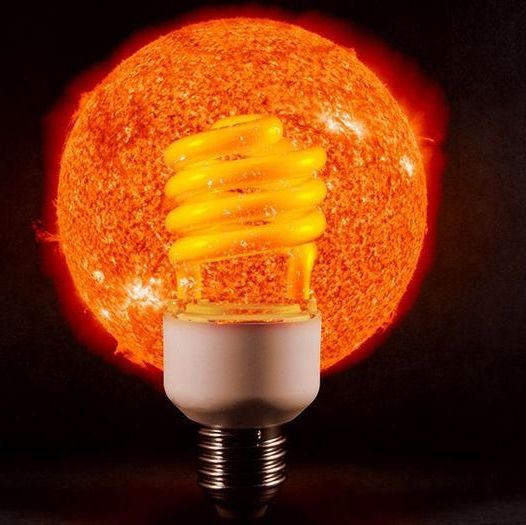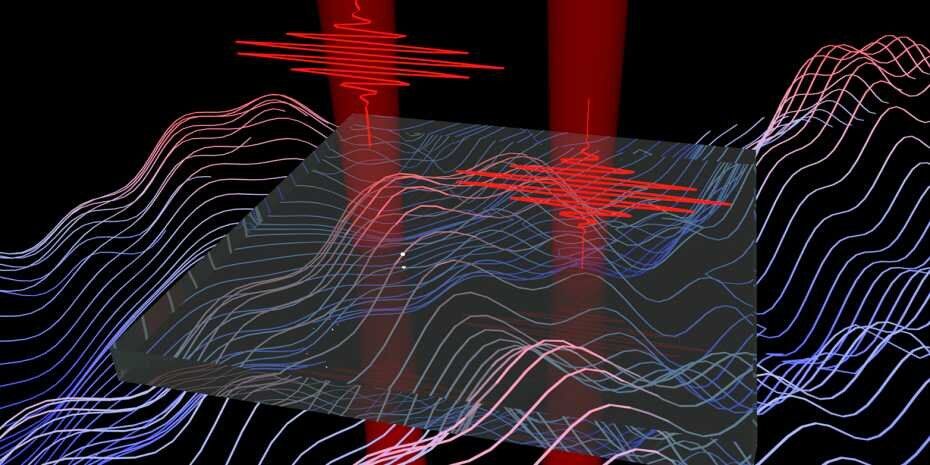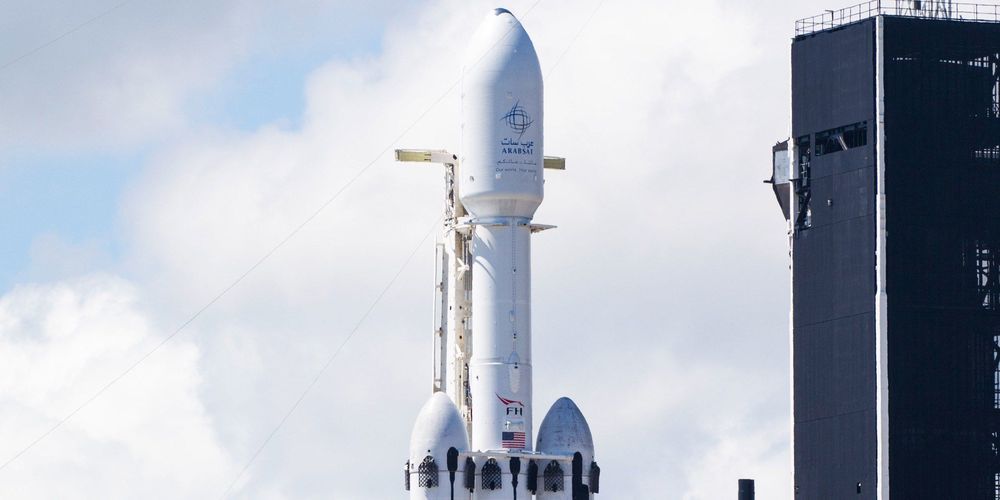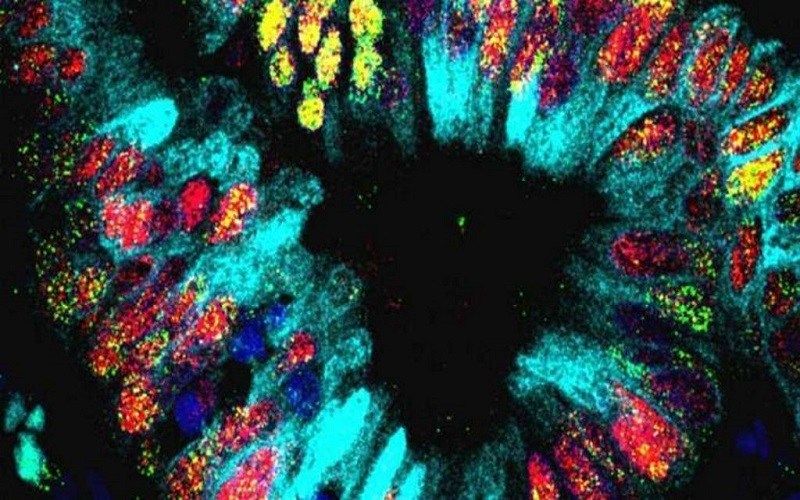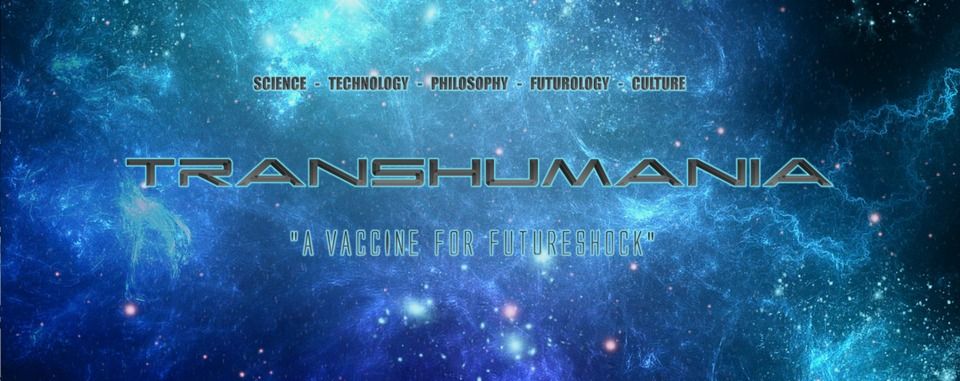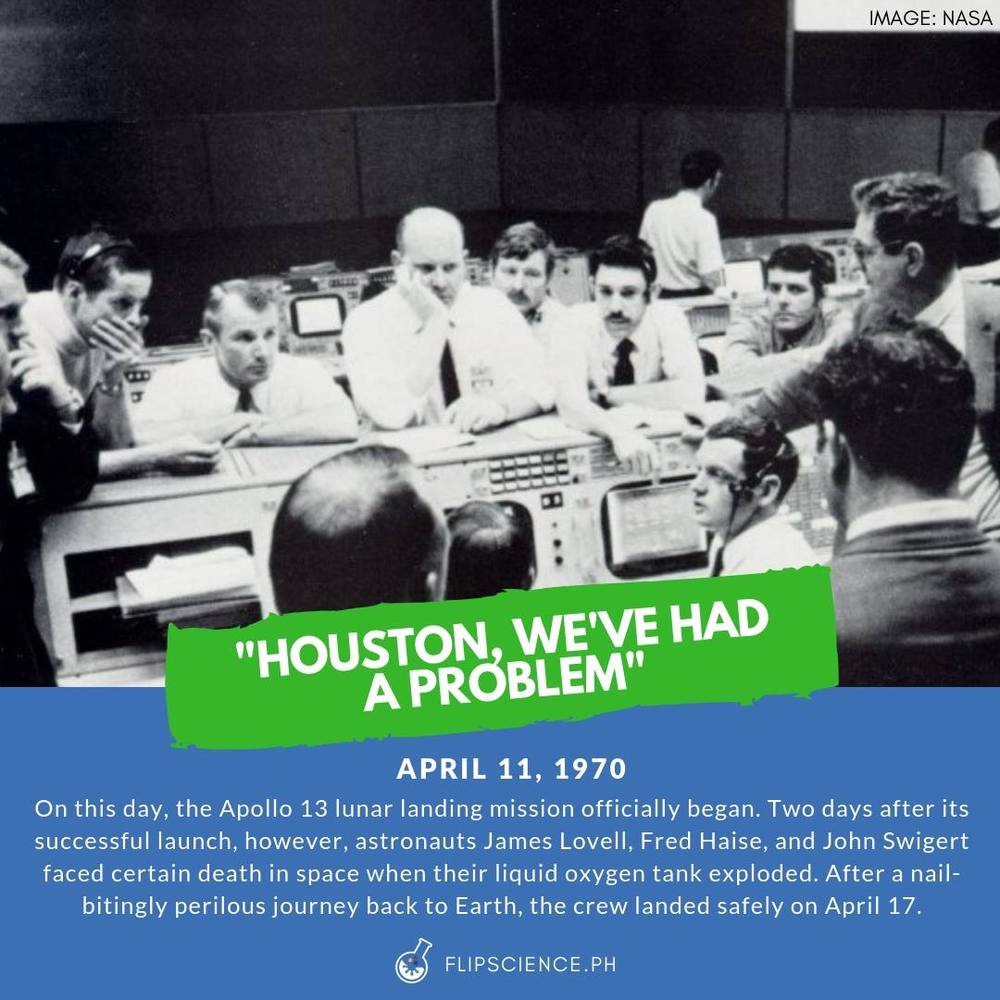The ions at its core will be seven times hotter than those of the real Sun.
In quantum physics, a vacuum is not empty, but rather steeped in tiny fluctuations of the electromagnetic field. Until recently it was impossible to study those vacuum fluctuations directly. Researchers at ETH Zurich have developed a method that allows them to characterize the fluctuations in detail.
Emptiness is not really empty – not according to the laws of quantum physics, at any rate. The vacuum, in which classically there is supposed to be “nothing,” teems with so-called vacuum fluctuations according to quantum mechanics. Those are small excursions of an electromagnetic field, for instance, that average out to zero over time but can deviate from it for a brief moment. Jérôme Faist, professor at the Institute for Quantum Electronics at ETH in Zurich, and his collaborators have now succeeded in characterizing those vacuum fluctuations directly for the first time.
“The vacuum fluctuations of the electromagnetic field have clearly visible consequences, and among other things, are responsible for the fact that an atom can spontaneously emit light,” explains Ileana-Cristina Benea-Chelmus, a recently graduated Ph.D. student in Faists laboratory and first author of the study recently published in the scientific journal Nature. “To measure them directly, however, seems impossible at first sight. Traditional detectors for light such as photodiodes are based on the principle that light particles – and hence energy – are absorbed by the detector. However, from the vacuum, which represents the lowest energy state of a physical system, no further energy can be extracted.”
Guest writer Dr. Asimina Pantazi gives her impressions of the recent Berlin Undoing Aging Conference from the point of view of someone working in research.
As a millennial with limited orientation abilities but expertise with digital tools, I used Google Maps to find the venue, fearing that I would have no data and would get lost in Berlin, only to find out that I was only a couple of meters away from to the venue entrance.
The Undoing Aging 2019 conference took place on May 28–30 at Umspannwerk Alexanderplatz: a multi-level industrial setting, with metal stairs, funky lights, and a balcony overlooking the minimal conference hall. This gave me my first positive vibes.
Aubrey de Grey of the SENS Research Foundation and Michael Greve of the Forever Healthy Foundation organized a three-day event that focused on the cellular and molecular repair of age-related damage in order to medically control aging. The conference brought together a diverse audience from all corners of the world: scientists, doctors, students, biotechs, startups, pharma, investors, the media, government representatives, policy makers, and anti-aging research enthusiasts; many of them were Russians, and their country was impressively represented there!
A team of scientists recently revealed they’d successfully conducted experiments on hundreds of pigs that involved keeping their brains alive for up to 36 hours after the animals had been decapitated.
Maybe Sergio Canavero, the mad scientist who wants to perform a brain transplant on a human, isn’t so crazy after all.
Announces the publication of a new open-access quarterly report: AI for Drug Discovery, Biomarker Development and Advanced R&D Landscape Overview 2019/Q1. Except for providing the analysis of 350 investors, 50 corporations and 150 companies operating in the field, the main events that took place in the industry from January to March 2019 are covered. The report also features the list of 30 leading R&D centers that provide important researches in the segment.
Link to the Report: https://www.ai-pharma.dka.global/quarter-1-2019
#AI #artificialintelligence #drugdiscovery
Welcome to Your Home on Mars
Posted in space
On April 13, the crew had already traveled 200,000 miles away from Earth when one of the oxygen tanks exploded, forcing them to abort the mission and head back, fighting for their own survival.
You may be familiar with the immortal line “Houston, we have a problem,” which was supposedly uttered by Lovell in the 1995 film “Apollo 13.” Actually, the real quote was “Houston, we’ve had a problem,” and it was Swigert who said it.
